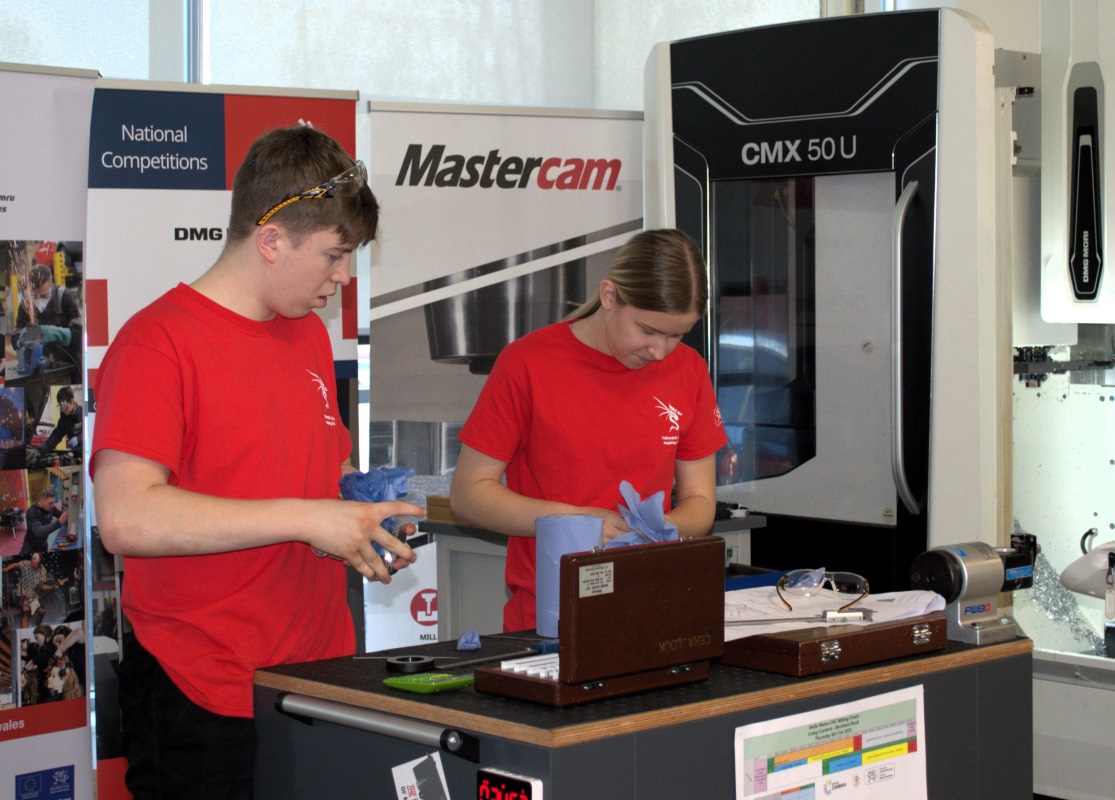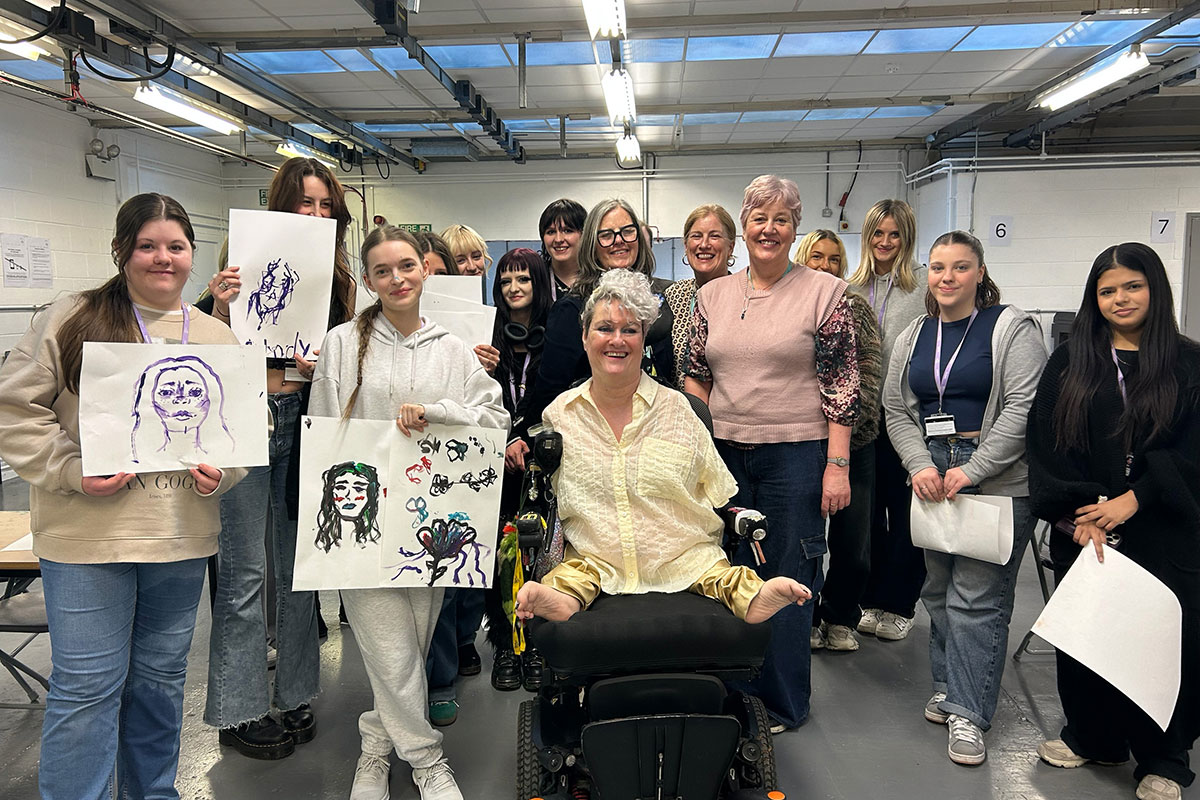Forensic collision investigator

KSBs
Knowledge
K1: What hazards are likely to be found at the scene of an incident and how to mitigate them to establish a safe working environment. Back to Duty
K2: How to preserve, record and analyse the scene of an incident. This may include examining, measuring, photographing, videoing and mapping the locus of the incident, the vehicles and other physical material present. Back to Duty
K3: How to accurately obtain the deceleration and acceleration rates of a vehicle using an accelerometer. How to establish deceleration and acceleration rates of vehicles and other objects by drag testing, from manufacturers’ data or other documents. Back to Duty
K4: How to recover, critically appraise and interpret data from various data recorders such as digital tachographs, electronic control units, insurance data boxes. Back to Duty
K5: How to measure crush damage to a motor vehicle following a collision. Understand how crush damage, equivalent energy speed (EES) and equivalent barrier speed (EBS) can be used to calculate velocity change and the actual speed of vehicles. Back to Duty
K6: How to use Newtonian mechanics in collision investigation. Back to Duty
K7: Know how to use and obtain results from spreadsheets and other math calculation software. Back to Duty
K8: Be conversant with published literature around human factors for use in investigations. Know how environmental factors may affect persons and vehicles involved in the collision. Back to Duty
K9: What constitutes a critical speed state and understand what criteria to apply to a vehicle in critical speed Back to Duty
K10: The kinematics involved when a pedestrian is struck by a vehicle. Know which throw model to apply in the particular circumstances to find speed. Back to Duty
K11: The handling characteristics of a two wheeled motorcycle and the various ways in which control can be lost. Know how to calculate speed from wheelbase shortening. Back to Duty
K12: Know how to evaluate video footage to calculate the speed of relevant objects. Back to Duty
K13: Following a collision, how to design and run experiments to obtain additional information to aid in a reconstruction ensuring that the results are valid, unambiguous and statistically sound. Back to Duty
K14: How to perform statistical calculations to find the uncertainty in calculations. Back to Duty
K15: How use software to produce plans, simulations and 3D models to assist in the reconstruction of an incident. Back to Duty
K16: How to design and execute a research project to reach balanced and valid conclusions. Back to Duty
K17: Following a collision, how to undertake a vehicle examination. Identify the mechanical component of the vehicle including tyres, brakes, suspension and steering. Identify both active and passive safety systems fitted to the vehicle. Identify the components of a vehicles electrical system. Know how to investigate/interrogate those components to detect defects and faults that may affect the handling of the vehicle (vehicles up to 7500kg and motorcycles). Back to Duty
K18: The law in relation to the writing of expert witness reports and what an expert may or may not say in Court. Back to Duty
K19: How to present evidence to a Court, tribunal or other arena. Back to Duty
K20: How emergency services work both individually and collaboratively at collision scenes and during the post-collision process. Back to Duty
Skills
S1: Determine the hazards and implement a safe working environment appropriate to the activity. Back to Duty
S2: Identify, preserve and mark the evidence found at the scene of an incident and/or on vehicles and objects relevant to the investigation. Back to Duty
S3: Document the scene and scene evidence including vehicles and other relevant features by notes (electronic, written, or audio or a combination) taking measuring either electronically or using manual measuring techniques. Back to Duty
S4: Photograph and video the incident scene including vehicles and other relevant features and objects. Back to Duty
S5: Use software to create visual products including 2D plans, 3D models and simulations using software. Back to Duty
S6: During a vehicle examination identify, document and record the condition of vehicle systems and component parts. Identify defects and faults Back to Duty
S7: Following a vehicle examination, describe how any vehicle defects found during the examination process would affect the roadworthiness of a vehicle and how it would or would not have contributed to the collision. Back to Duty
S8: Determine the deceleration and acceleration rates of vehicles and other objects using an accelerometer or by drag testing. Adjust the data to take account of slope or partial braking. Back to Duty
S9: Recover data from data recorders including digital tachographs, vehicle ECU’s and vehicle telematics. Back to Duty
S10: Use the appropriate technique to measure the crush damage caused to a vehicle(s) involved in a collision, assess the principle direction of force and any other adjusting factors to calculate speed. Back to Duty
S11: Using Newtonian mechanics calculate speed, time, distance and acceleration Back to Duty
S12: Use spreadsheets and other math calculation software to assist in the investigation process. Back to Duty
S13: Calculate the range of uncertainty in any calculations. Back to Duty
S14: Analyse and interpret the data from data recorders, including ECU’s, digital tachographs, performance computers and vehicle telematics. Back to Duty
S15: Use an appropriate method to calculate the driver response time in a variety of situations such as night time recognition, limited visibility, low contrast and looming situations. Back to Duty
S16: Calculate the critical speed of vehicles and/or bends. Back to Duty
S17: Calculate vehicle speed from pedestrian throw. Back to Duty
S18: Calculate speed from CCTV footage. Back to Duty
S19: Following a collision, use the appropriate technique to measure the damage to a motorcycle and use the data to calculate its immediate approach speed. Back to Duty
S20: Demonstrate how EES, EBS and momentum can be used to assess the speed of a vehicle involved in a collision. Back to Duty
S21: Maintain the integrity and security of digital data. Back to Duty
S22: Describe the behaviour of a vehicle in the immediate lead up to and during an incident. Back to Duty
S23: Carry out experiments as part of an investigation. Back to Duty
S24: Interpret and incorporate the results from published literature into the investigation. Back to Duty
S25: Identify, record and comment upon the condition of the vehicle, systems and component parts to identify defects, roadworthiness, incident causation, contributory factors Back to Duty
S26: Analyse the scene data, witness evidence any experiment’s, calculations and examinations to prepare a written report into the circumstances of a collision. Back to Duty
S27: Prepare written reports and in accordance the rules, regulations and guidance in force in relation to expert witnesses. Back to Duty
S28: Present evidence to a court or other arena e.g. criminal, civil, Coroners’ courts, tribunal or hearing. Back to Duty
S29: Critically review a completed investigation carried out by another investigator. Give written and oral feedback as part of the review. Back to Duty
S30: Liaise with other emergency services personnel to ensure that scene evidence is not lost as a result of poor communication between different services. Back to Duty
S31: Critically appraise current subject literature and analyse shortcomings Back to Duty
S32: Identify a research need and develop a research question. Back to Duty
S33: Using the scientific method conduct experiments or analysis to test a hypothesis. Back to Duty
S34: From research develop valid and robust conclusions based on observations. Back to Duty
Behaviours
B1: Accountability – For self and others to ensure that actions are in the best interest of affected parties Back to Duty
B2: Professional integrity – Maintain the highest standards of professionalism and trustworthiness, making sure that values, moral codes and ethical standards are always upheld Back to Duty
B3: Emotionally astute – Understand and effectively manage own emotions in stressful situations and treat people with sensitivity Back to Duty
B4: Team working – Collaboration, influence, and respect for others. Value diversity and difference in approaches to work, thinking and background Back to Duty
B5: Supportive & inspirational leading – Role model the organisational values providing inspiration and clarity to colleagues and stakeholders. Consider how the wider organisation and others are impacted, and help others to deliver their objectives effectively Back to Duty
B6: Continuing Professional Development (CPD) – Critically review published research. Accountability of own and others development needs, undertaking CPD. Curiosity of science, mathematics and engineering, proactively developing knowledge to ensure that decisions are based on strong evidence Back to Duty












Responses